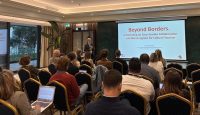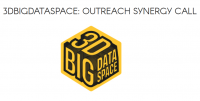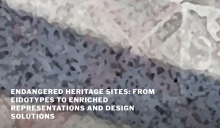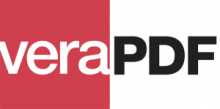 The latest version of veraPDF features full support of all PDF/A-2 and PDF/A-3 requirements (all levels). Together with earlier support of PDF/A-1 validation, it represents the first full support for all PDF/A parts and conformance levels.
The latest version of veraPDF features full support of all PDF/A-2 and PDF/A-3 requirements (all levels). Together with earlier support of PDF/A-1 validation, it represents the first full support for all PDF/A parts and conformance levels.
Features:
-
Conformance checker
-
validation of digital signature requirements
-
extraction of color space info from JPEG2000 images
-
validation of permissions dictionary
-
PDF/A-2B fix: correct implementation of CIDSystemInfo entry requirements
-
command line support for plugin execution to extend feature extraction
-
-
veraPDF characterisation plugins
-
first set of example pure java plugins available
-
optional sample plugin pack available through installer
-
Test corpus:
-
112 new atomic test files for parts 2 and 3
Infrastructure:
-
support for all parts and conformance levels at http://demo.verapdf.org
Download veraPDF 0.16:
http://www.preforma-project.eu/verapdf-download.html
http://downloads.verapdf.org/rel/verapdf-installer.zip
Release notes:
https://github.com/veraPDF/veraPDF-library/releases/latest
veraPDF is building the definitive, open source PDF/A validator. The project benefits from a high level of development resource and PDF/A expertise. Please support our efforts by downloading and testing the software. If you encounter problems, or wish to suggest improvements, please add them to the project’s GitHub issue tracker. You can expect a speedy response. YPlease support our efforts by downloading and testing the software.
Keep up to date with the latest developments of veraPDF by subscribing to the veraPDF consortium’s newsletter.
About veraPDF
Led by the Open Preservation Foundation and the PDF Association, the veraPDF consortium is developing the definitive open source, file-format validator for all parts and conformance levels of ISO 19005 (PDF/A). The software is designed to meet the needs of memory institutions responsible for preserving digital content for the long term.
The veraPDF consortium is funded by the PREFORMA project. PREFORMA (PREservation FORMAts for culture information/e-archives) is a Pre-Commercial Procurement (PCP) project co-funded by the European Commission under its FP7-ICT Programme.


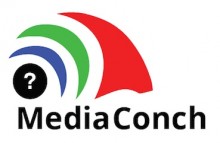
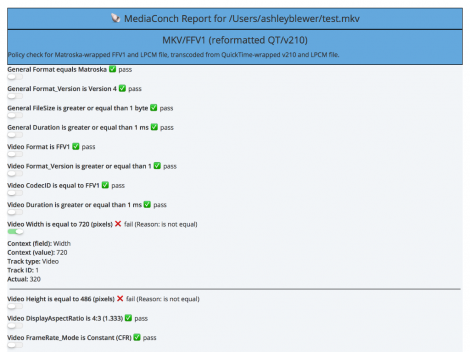
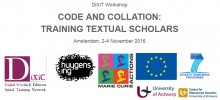
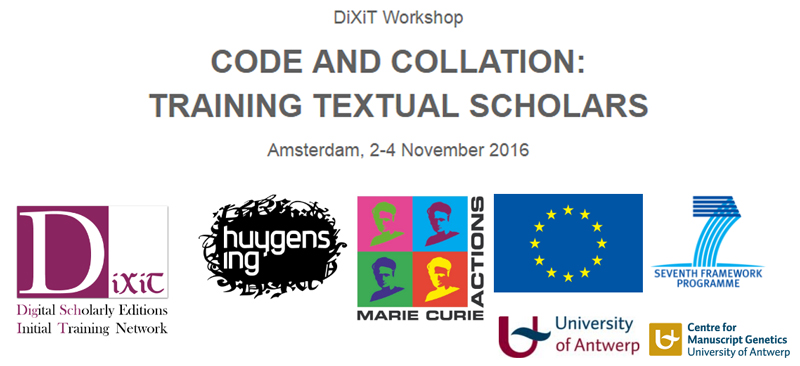
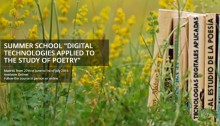



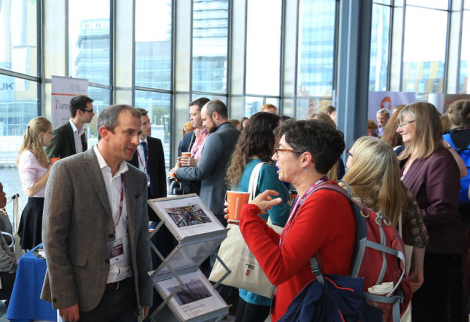
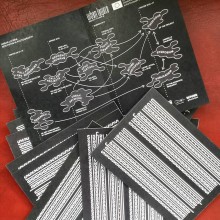
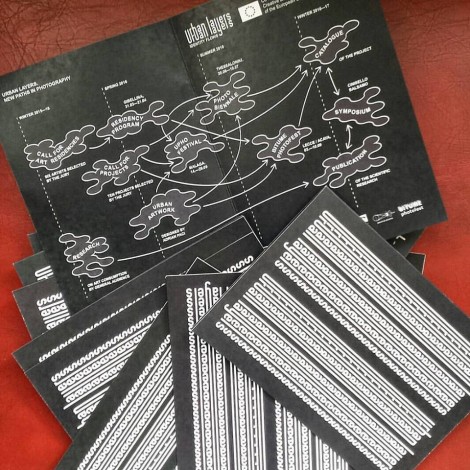
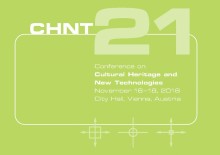


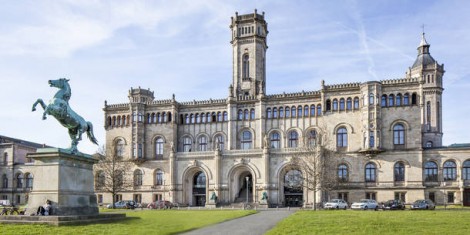
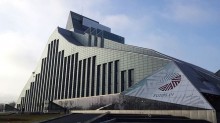
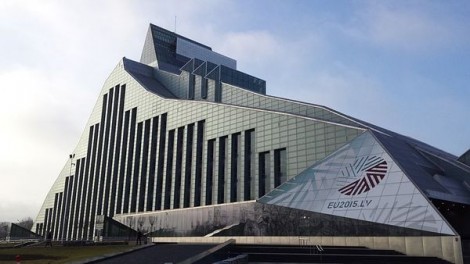












 The electoral campaign for Europeana Members Council was also launched some weeks ago and voting is started.
The electoral campaign for Europeana Members Council was also launched some weeks ago and voting is started.







